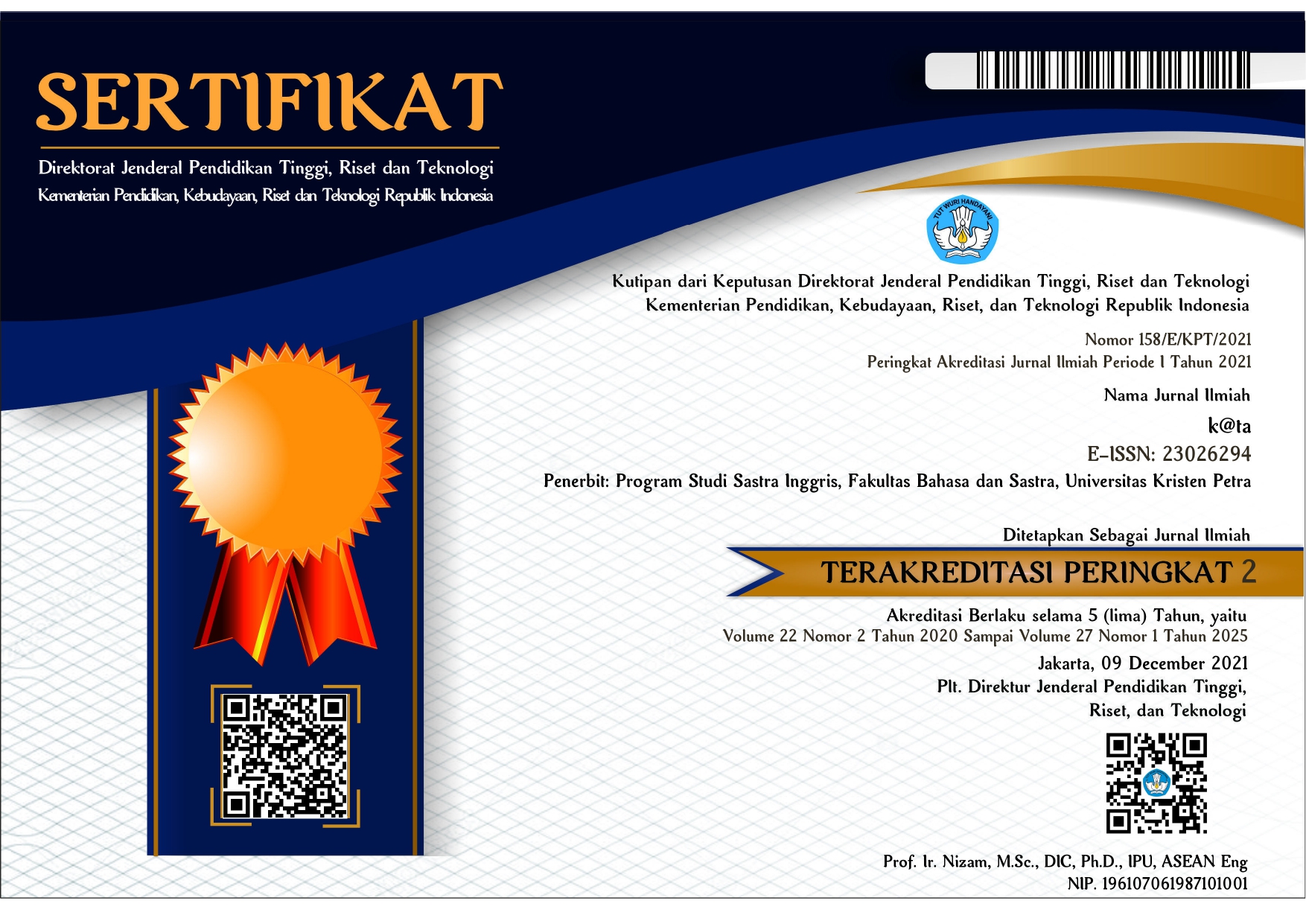Dialogic Narrative Discourse in Austen's Emma: A Bakhtinian Review
Keywords:
Austen, Emma, Bakhtin, dialogism, double-voiced discourse, carnivalesque character.
Abstract
Due to the inherent multiple-voicedness of the genre of novel, novelists, via taking oppositional textual positions, can create twofold narratives which serve to convey two different intentions simultaneously, the direct intention of the character who is speaking and the refracted intention of the author. Such narratives could be created through using the disguise of carnivalesque character whose discourse is intentionally dialogized by means of an ironic discourse which embeds a potential unfolded dialogue of two (opposing) world views. Austen draws on such potential inherent in novelistic discourse by creating carnivalesque characters, layering of masquerades, and multiple mimesis to disguise her real intention. Following Bakhtin's theories of dialogism and carnivalesque, the present research investigates Austen's Emma through tracing carnivalesque character, extremely mocked by the objective narrator in the novel, who serves to disguise the real intention of the author and to create a double-voiced discourse leading the readers towards a double reading of the narrativeDownloads
Download data is not yet available.
How to Cite
Nodeh, S. (1). Dialogic Narrative Discourse in Austen’s Emma: A Bakhtinian Review. K@ta: A Biannual Publication on the Study of Languange and Literature, 15(1), 1-8. https://doi.org/https://doi.org/10.9744/kata.15.1.1-8
Section
Articles
![]() This work is licensed under a Creative Commons Attribution License
This work is licensed under a Creative Commons Attribution License



.png)
.png)

.png)












